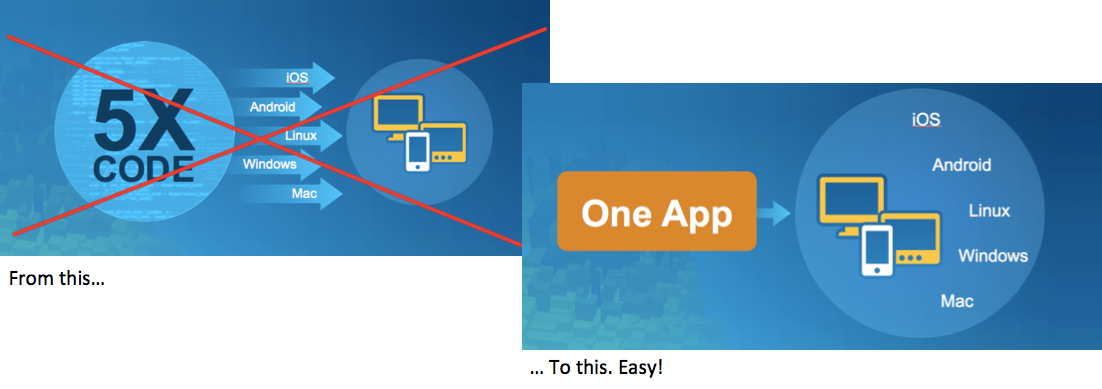
- APPSTUDIO ADD MAIN SECTION FOR FREE
- APPSTUDIO ADD MAIN SECTION HOW TO
- APPSTUDIO ADD MAIN SECTION INSTALL
You can define both personal and team tabs. Tabs provide a place for you to display for rich interactive web content. You don’t need to fill in each section here, just choose the capabilities that match your type of development. App Studio will create a new application for you, and starting prompting you for details of you application:Īfter the basic details of your application (which are required for every app) are the Capabilities of your application. Open App Studio, click Manifest Editor, and then click “Create a new app” to get started. Let’s assume you’ve done some Teams development and have created a bot, or a tab, or an extension, etc.
APPSTUDIO ADD MAIN SECTION HOW TO
How to create an App using the Manifest Editor The Manifest Editor knows all the restrictions of the schema reference and can translate them into UI validations, to make sure that what comes out the end is still valid JSON. This is a UI tool which lets developers build up manifest files by dynamically adding in capabilities which describe their application. That’s where the Manifest Editor came in. This would inevitably lead to mistakes, confusion, and ultimately, an application that wasn’t described as best as it could be. It used to be that this document would have to be created by hand by the developer, according to a published schema. This means supplying a manifest file, a verbose JSON document which describes the application in detail. It’s listed in the “Developer & IT” section, or you can search for it.Īny type of Teams development (tabs, connectors, extensions or bots) needs to be packaged as a Teams App for it to be distributed, in either the global Teams App Store or just within your organisation.
APPSTUDIO ADD MAIN SECTION FOR FREE
How to get App StudioĪpp Studio is available for free in the Teams App Store.

Those 4 capabilities are: the Manifest Editor, the Card Editor, the Conversation tab, and the Control Library. App Studio has 4 capabilities designed to feed into the workflow of app developers and make them more productive when building Teams apps. Please see our CONTRIBUTING for more information.What is App Studio in Microsoft Teams and why do I care?Īpp Studio is a developer-focused app in the Teams App Store, which helps developers to build apps for Teams.


Specifying Alternate Devfile Registry URLīy default, the production devfile registry URL will be used for ComponentDetectionQuery. GITHUB_ORG=fake-organization make deploy would deploy HAS configured to use /fake-organization. If you wish to use your own account, or a different GitHub org, setting GITHUB_ORG= before deploying will ensure that an alternate location is used. This secret must contain a key, tokens, whose value points to a comma separated list, without spaces, of key-value pairs of token names and tokens, delimited by a colon.īy default, HAS will use the redhat-appstudio-appdata org for the creation of GitOps repositories. Creating a GitHub Secret for HASīefore deploying the operator, you must ensure that a secret, has-github-token, exists in the namespace where HAS will be deployed. See Kubernetes docs for more information on how to create Secrets containing registry credentials. If you wish to get 'working' PipelineRuns with user provided image repository, create an image pull secret and link it to the pipeline Service Account in the Component's namespace (in both secrets and imagePullSecrets sections). To use auto generated image repository for the Component's image add /generate: "true" annotation to the Component.
APPSTUDIO ADD MAIN SECTION INSTALL


 0 kommentar(er)
0 kommentar(er)
